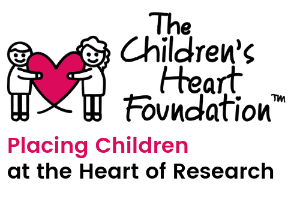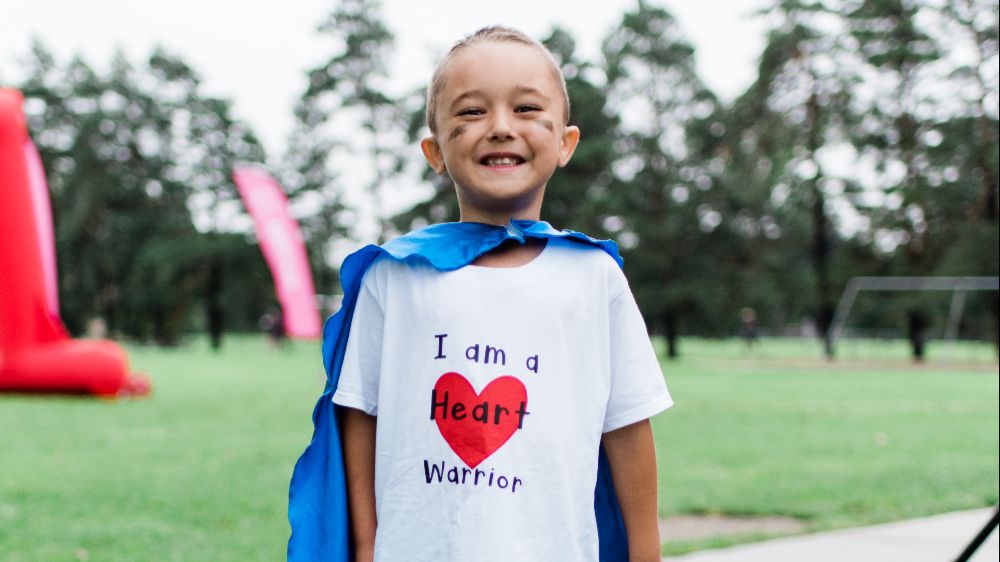What are congenital heart defects?
- Congenital heart defects (CHDs) are problems present at birth that affect the structure and function of the heart.
- There are many types of congenital heart defects, ranging from those that pose relatively small threat to the health of the child to those that require immediate surgery. Many types of CHDs and the surgical procedures your physician may recommend to correct the condition can be found in the Children’s Heart Foundation’s parent resource book It’s My Heart.
- Some CHDs can be detected pre-birth by a Level II ultrasound or by a fetal echocardiogram. After birth, congenital heart disease is often first detected when the doctor hears an abnormal heart sound or heart murmur when listening to the heart. Depending on the type of murmur, he or she may order further testing such as – Echocardiogram, Cardiac catheterization, Chest X-Ray, Electrocardiogram (ECG/EKG), Magnetic Resonance Imaging (MRI) or other diagnostic testing.
- The warning signs of Congenital Heart Disease in infants and children may include a heart murmur or abnormal heart sound, cyanosis (a bluish tint to the skin, fingernails and/or lips), fast breathing, poor feeding, poor weight gain, an inability to exercise and excessive sweating.
How common are congenital heart defects?
- Congenital heart defects are the most common birth defects. Nearly one of every 100 babies is born with a CHD.
- Each year approximately 40,000 babies are born in the United States with a congenital heart defect. (Source: CHPHC)
- Approximately two to three million individuals are thought to be living in the United States with CHDs. Because there is no U.S. system to track CHDs beyond early childhood, more precise estimates are not available. (Source: CHPHC)
What is the health impact of congenital heart defects?
- CHDs are the most common cause of infant death due to birth defects. (Source: CHPHC)
- An approximate 100-200 deaths are due to unrecognized heart disease in newborns each year. These numbers exclude those dying before diagnosis. (Source: CHPHC)
- Approximately 25% of children born with a CHD will need heart surgery or other interventions to survive. (Source: CHPHC)
- People with CHDs face a life-long risk of health problems such as issues with growth and eating, developmental delays, difficulty with exercise, heart rhythm problems, heart failure, sudden cardiac arrest or stroke. (Source: CHPHC)
What has CHF done to help the CHD community?
- The Children’s Heart Foundation is the leading national organization that was created to exclusively fund congenital heart defect research.
- The Children’s Heart Foundation has funded over $10.6 million to basic science, translational and clinical CHD research projects at leading research centers across the US, Canada and Europe.
- CHF has published and distributed 35,000 English and 3,000 Spanish copies of It’s My Heart, a patient and parent resource book.
- CHF has Chapters, events and volunteers in many US states supporting the CHF mission locally.
What is the impact of CHD research?
- Today, more infants with CHDs survive to adulthood because of advancements made through research.
- Because of advancements made through research, death rates from CHDs in the U.S. have declined by 37.5% since 1999.
- Despite the progress made in understanding and treating CHDs, more work is needed to determine the cause and best treatment options.
- Congenital heart defects are common and can be deadly, yet CHD research is grossly under-funded relative to the prevalence of the disease.
- The NHLBI has stated that Congenital Heart Defects are a serious and underappreciated global health problem.


